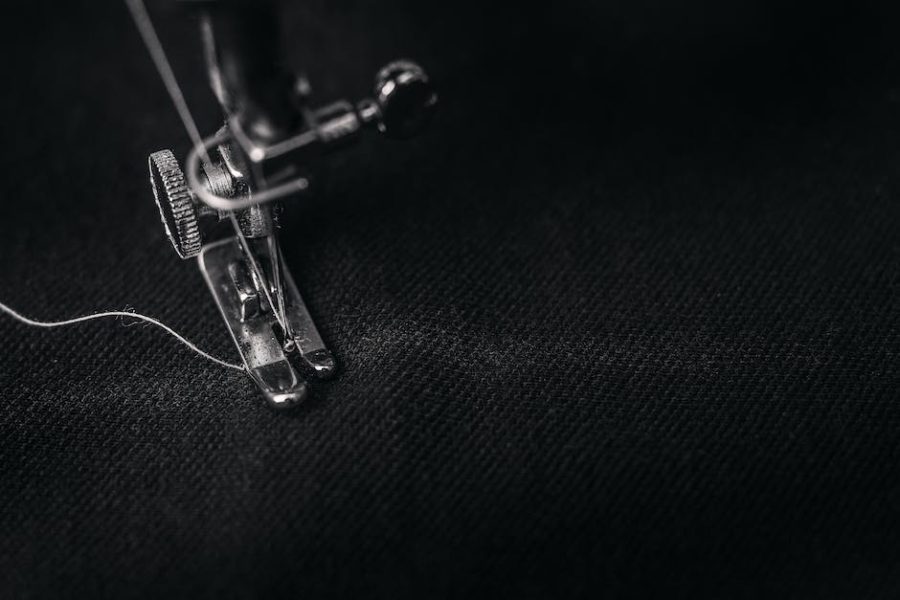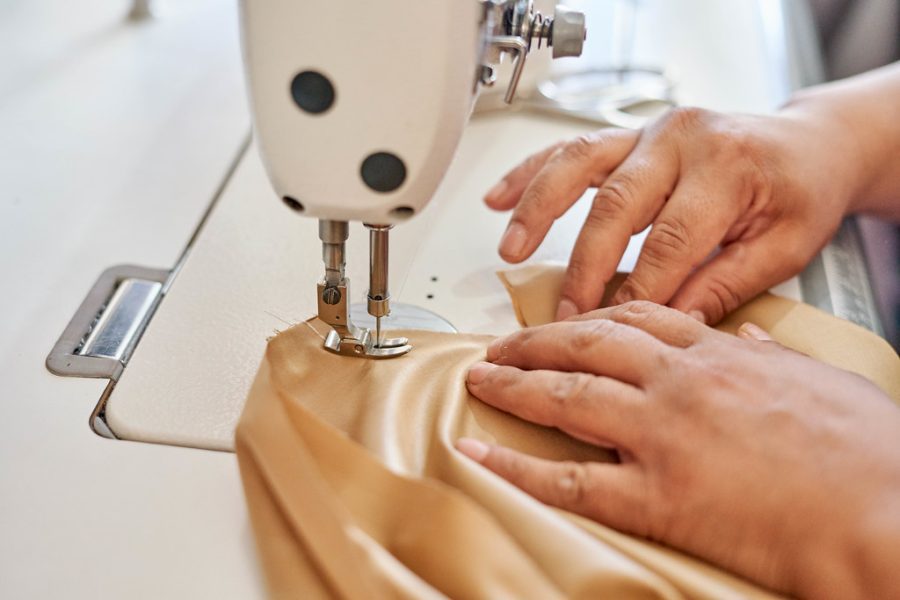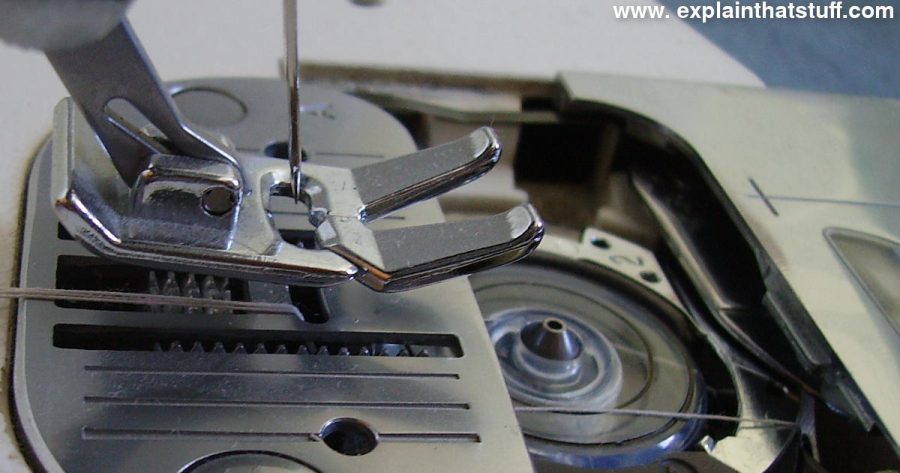
Sewing elastic is an essential skill for any sewing enthusiast. Elastic is a flexible material commonly used in various sewing projects to provide stretch and support. It is great for waistbands, sleeves, cuffs, underwear, and more. Understanding how to sew elastic properly can take your sewing projects to the next level.
Types of Elastic
There are several types of elastic available, each with unique qualities:
- Woven Elastic: This type of elastic is made of fabric and is ideal for heavyweight fabrics or areas that require higher tension.
- Braided Elastic: Braided elastic is durable and often used in waistbands and sleeves. It doesn’t narrow when stretched and recovers well to its original size.
- Knit Elastic: Knit elastic is super soft and great for lightweight fabrics. It is widely used in undergarments or areas that need gentle stretch.
Tips for
Here are some valuable tips to help you sew elastic with ease:
- Choose the Right Elastic Width: The width of your elastic should suit your project’s requirements. Consider the fabric weight, garment type, and desired stretch.
- Pre-Stretch the Elastic: To prevent the elastic from becoming too loose over time, stretch it gently before sewing it into place.
- Secure Elastic Ends Properly: Stitch the elastic ends together securely to form a loop before attaching it to your fabric. This will ensure durability.
- Use a Zigzag Stitch: When attaching elastic, a zigzag stitch will allow the fabric to stretch without breaking the thread. This stitch provides flexibility.
- Consider Casings: For a neater finish, create casings to enclose the elastic within your fabric. This technique is often used in waistbands or hems.
Common Mistakes to Avoid
When sewing elastic, it’s important to avoid common pitfalls that may affect the overall quality of your project:
- Not Measuring Elastic Correctly: Always measure the elastic based on body measurements or the area it will be used. Sizing mistakes can lead to ill-fitting garments.
- Using the Wrong Elastic Type: Using the wrong elastic can compromise the comfort, fit, and durability of your project. Be sure to choose the appropriate type for the fabric and garment.
- Pulling Elastic too Tightly: Overstretching the elastic during sewing can result in puckering or gathering of the fabric. Find the right balance between comfort and snugness.
- Skipping Test Stitches: Before sewing the elastic permanently, make test stitches on scrap fabric to ensure the tension and stitch type are suitable for your project.
Conclusion
Sewing elastic can enhance comfort and flexibility in various sewing projects. Understanding the different types of elastic, techniques, and common mistakes to avoid will help you achieve professional-looking results. So grab your elastic, thread your sewing machine, and let your creativity soar!





What a great project!
Jude Parker: I had so much fun doing this!
This project is a great way to add flair and functionality to your projects! Sewing elastic is an easy and effective way to add a secure hold and stretch to your garments, helping them fit well and look great. Plus, it’s a fun and rewarding skill that you can use to make so many amazing pieces of apparel and more!
Absolutely! Elastic sewing is a great and versatile skill to have!
Absolutely! It’s amazing how such a simple technique can add so much to our garments. Plus it makes an sewing project so much more enjoyable to create.